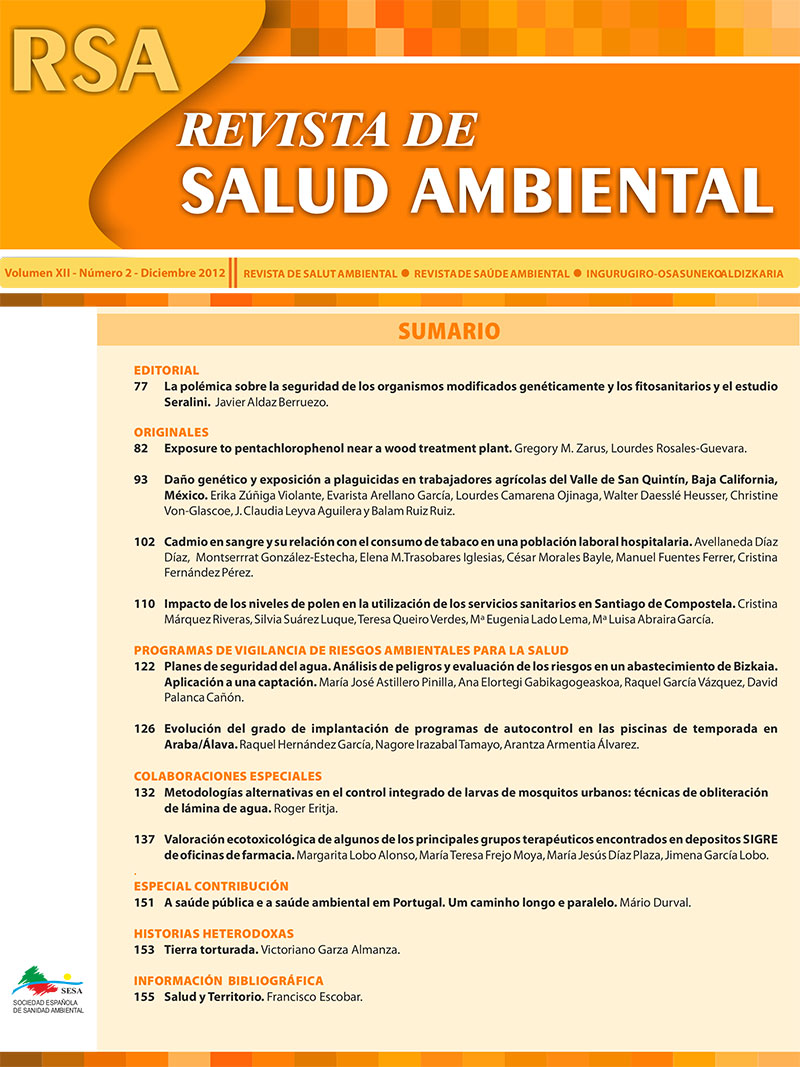Resumo
A proteção do meio ambiente é um dos principais desafios da sociedade atual. Com esse objetivo, ao longo dos últimos anos, a União Europeia (UE) tem aprovado regulamentos que estabelecem normas de âmbito ambiental que devem ser respeitadas pelos medicamentos de uso humano e veterinário para que os mesmos possam ser registados pelas agências reguladoras. Para minimizar ao máximo possíveis impactos negativos sobre o meio ambiente a indústria farmacêutica desenvolveu um sistema de gestão para embalagens de medicamentos, vazias ou com restos, que são originados nos lares espanhóis. O Sistema Integrado de Gestão e Recolha de Embalagens (SIGRE) do sector farmacêutico é uma organização sem fins lucrativos criada para a recolha e gestão de resíduos de medicamentos gerados pelos cidadãos.
Neste trabalho desenvolveu-se um estudo piloto sobre as embalagens depositadas pela população em duas farmácias localizadas na localidade de Coslada em Madrid realizando-se uma revisão bibliográfica dos efeitos ecotoxicológicos dos grupos terapêuticos mais frequentemente encontrados nos depósitos SIGRES deste estudo.
As obras publicadas na revista estão sujeitas aos seguintes termos:
- A revista detém os direitos patrimoniais (copyright) das obras publicadas e favorece e permite a reutilização das mesmas sujeita à licença indicada no ponto 2.
- As obras são publicadas na revista eletrónica sob uma licença Creative Commons Atribuição - NãoComercial 4.0 (CC BY-NC 4.0). As mesmas podem-se copiar, usar, difundir, transmitir e expor publicamente, para fins não comerciais, desde que se cite a autoria, o url e a revista.
- Os autores estão de acordo com a licença de uso utilizada pela revista, com as condições de auto-arquivo e com a política de livre acesso.
Em caso de reutilização das obras publicadas deve mencionar-se a existência e especificações da licença de uso para além de mencionar a autoria e fonte original de publicação.

